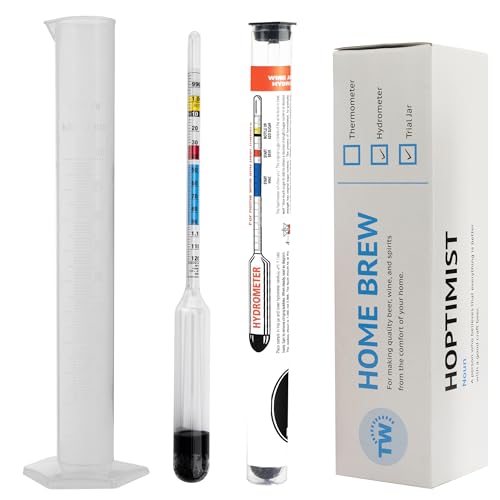- Joined
- Oct 13, 2020
- Messages
- 1,669
- Reaction score
- 1,070
Hi, only about 5 brews into my Homebrew career and am tackling my first NEIPA this weekend. Was doing some planning and research this evening in preparation and there seems to be some additional risk or sensitivity with oxidation with this beer style. Is this really something I need to take more care and attention over and above normal brews? Under normal circumstances I'm pretty careful and not really sure what more I can do to prevent oxidation. I've been so paranoid about oxidation so far that I've been bottling straight from the primary fermentation vessel (had pretty clear beers coincidentally) to avoid any risk of oxidation in transferring to a racking vessel and not had an issue with oxidation so far, so will I get away with it with an NEIPA or will I die? I usually bottle condition for nominal 2 weeks or so then it doesn't last long by the time I've distributed around friends so can't imagine any will get much past 4 weeks after bottling before its all drunk. Any hints and tips will be much appreciated. Thanks.







































